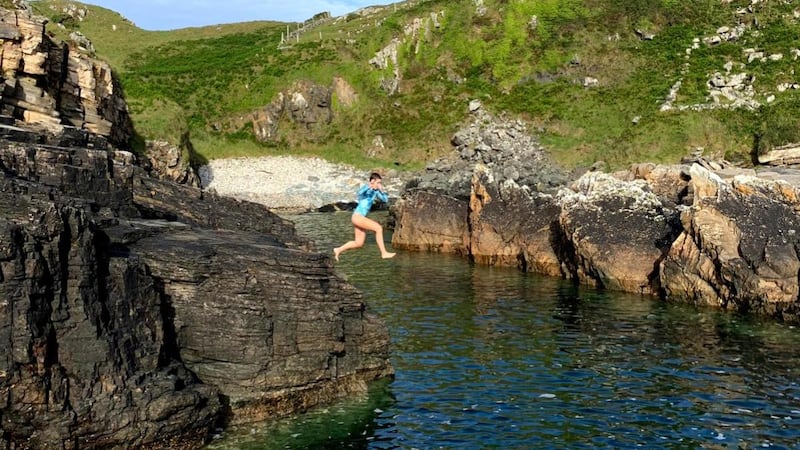Water quality should be monitored year-round at beaches where increasing numbers of people are regularly swimming outside the summer season, the Environmental Protection Agency (EPA) has said.
Dr Eimear Cotter, EPA director, made the call as the agency's 2020 Bathing Water Quality in Ireland report was published. It found that bathing water quality improved across the State last year, a time when more people took to swimming throughout the year during the Covid-19 pandemic.
However, the EPA only uses results from the bathing season - from June 1st to September 15th - when assessing the quality of bathing water.

Mary Gurrie, EPA programme manager for water quality, confirmed the bathing water expert group in the Department of Local Government would consider "what is possible and what is needed" to extend testing at its next meeting.
The report warns that water quality can change quickly, especially during heavy rainfall events, which can lead to discharge of pollutants into bathing waters. Pollution incidents increased last year to 57, up seven on 2019.
"The continued improvement in bathing water quality is welcome. It is also positive to see two new beaches being identified in 2020, and to see improvements at two beaches that had poor water quality previously," Dr Cotter said.
“Good quality bathing waters are important now more than ever as more people enjoy our natural amenities, and particularly swimming.”
‘Excellent’
The report shows that 96 per cent of bathing waters (142 of 148) met or exceeded the minimum required standard, up from 95 per cent in 2019. Three-quarters of bathing waters were classified as “excellent”, up from 107 in 2019 while four bathing (under 3 per cent) waters were classified as “poor”, down from five a year earlier.
Local Authority management plans have been put in place to address pollution sources at "poor" locations: Clifden Beach, Co Galway; Lilliput-Lough Ennell, Co Westmeath, Cúas Crom, Co Kerry and Balbriggan-Front Strand Beach, Co Dublin.
As Clifden Beach has been classified as "poor" for five years in a row, it has been declassified as a bathing water for this year. Dublin's Merrion Strand had already been declassified for the same reason.
Local authorities investigate and report likely causes of pollution incidents to the EPA. They were last year caused by urban wastewater (47 per cent); diffuse pollution from agriculture (37 per cent); water run-off from urban areas during rainfall and where waste pipes from households have been incorrectly connected to surface drains (12 per cent) and septic tanks (4 per cent).
“Irish Water needs to make improvements in the operation and management of urban wastewater treatment plants and networks where these impact on bathing waters,” it adds.
Remote beaches
The report also includes a list of places - generally smaller or more remote beaches - where people swim that are not formally identified as bathing waters, though the water quality is monitored by local authorities.
Five such locations were below the minimum standard: Lough Muckno, Co Monaghan; North Bull Wall in Dublin, Wicklow harbour bathing area, and Stradbally and Woodstown beaches in Co Waterford.
Local authorities put up 135 “prior warning” notices at beaches last year to warn swimmers that short-term pollution (lasting no more than a few days) may occur due to heavy rainfall. These warnings are removed when sampling shows water quality is safe.
Where incidents have the potential to cause a pollution risk and when they occur, swimming restrictions are applied at the beach until sampling shows the water quality is safe.









